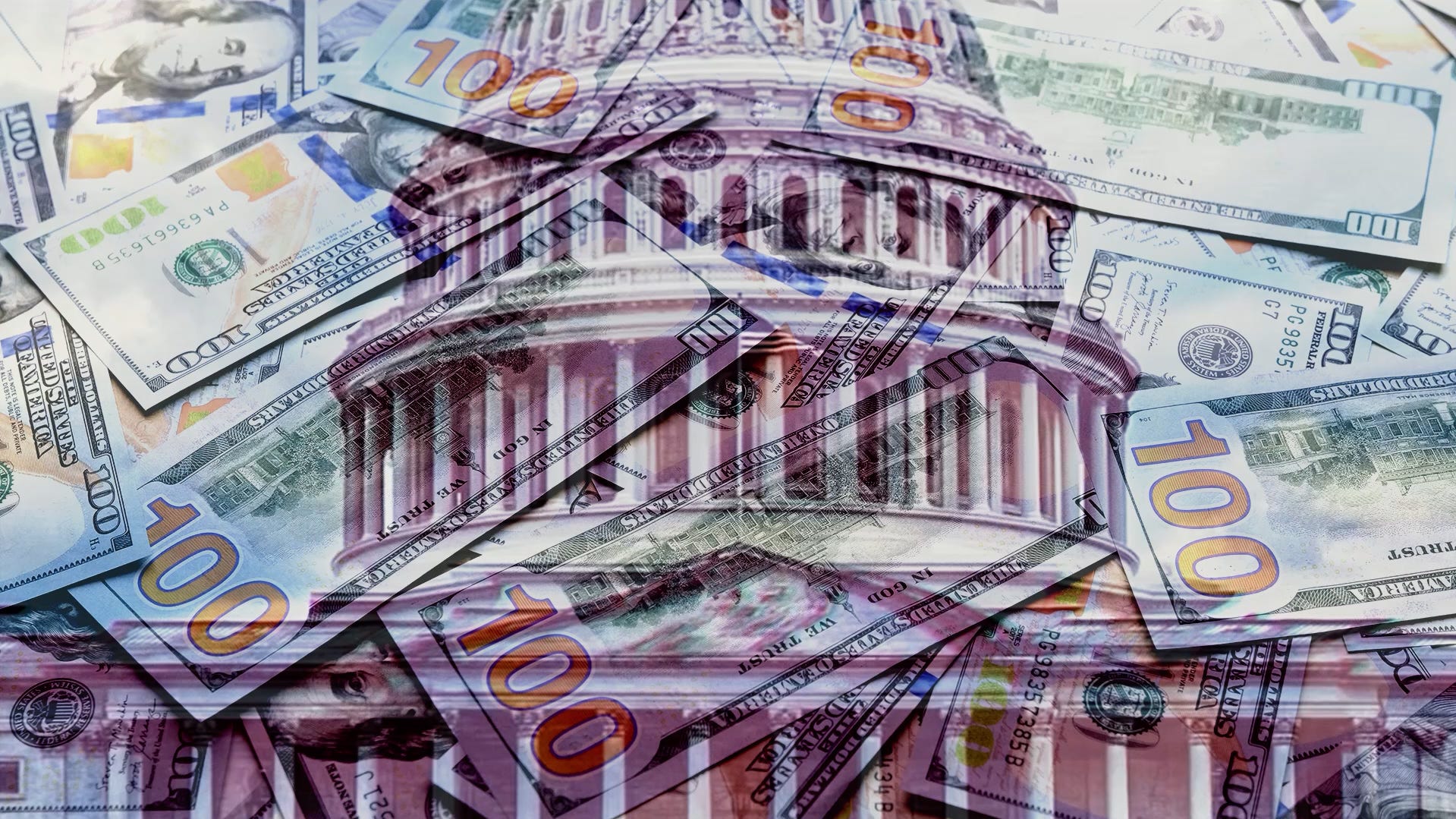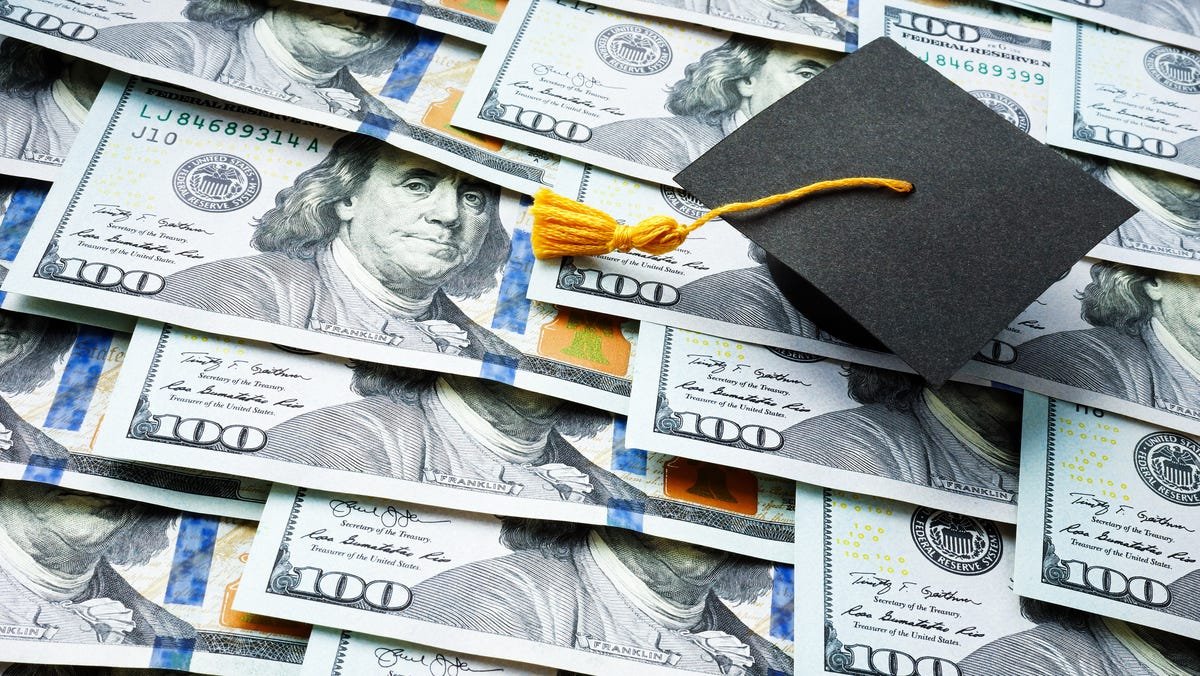
Collection of defaulted student loans to resume May 5: What to know
Since the pandemic, federal student loan borrowers have been mostly protected from the harshest consequences of defaulting. That’s about to change on May 5.
Student loan repayments will resume for many borrowers in the coming weeks.
Here’s what you should know.
Collections to resume on defaulted federal student loans
The United States Department of Education announced on April 21 that its Office of Federal Student Aid will resume collections on defaulted federal student loans on May 5. The department has not collected on defaulted loans since March 2020.
The pause began during President Donald Trump’s first term due to economic impacts and disruption caused by the COVID-19 pandemic. Under the Biden administration, student loan repayments resumed in the fall of 2023. Collection on loans, the harshest penalty, still hadn’t restarted by the time Trump took office, after the previous administration pushed off the action until after the election.
The department said a “comprehensive communications and outreach campaign” will be paired with the initiative to ensure borrowers know how to get out of default or resume repayment.
“Resuming collections protects taxpayers from shouldering the cost of federal student loans that borrowers willingly undertook to finance the cost of their postsecondary education,” read the announcement.
This comes after hundreds of Federal Student Aid employees received termination notices in March.
The Department of Education adds that applications for borrowers who applied for income-driven repayment plans were not processed under the Biden administration, who advertised “illegal loan forgiveness schemes.”
More than $1.6 trillion in student debt is owed by 42.7 million borrowers in the U.S., according to the department.
Of those borrowers, more than five million have not made monthly payments in over 360 days and are in default. Four million borrowers are in late-stage delinquency, having not made a payment in 91-180 days. Only 38% of borrowers are in repayment and current on their student loans.
The department said this could result in 10 million borrowers in default in a few months.
“Student and parent borrowers – not taxpayers – must repay their student loans. There will not be any mass loan forgiveness,” the department’s announcement concluded.
Are you part of the Hurrican Katrina diaspora? Share your story here.
What happens now?
Almost 1.9 million borrowers have been unable to begin repayment due to a processing pause put in place by the Biden administration. Applications for enrollment in any repayment plan have not been processed since 2024.
The Department of Education said it is working with federal student loan servicers to begin processing applications next month.
Over the next two weeks, Federal Student Aid will email all borrowers in default to alert them of these developments and direct them to contact the Default Resolution Group.
The next steps include making a monthly payment, enrolling in an income-driven repayment plan, or signing up for loan rehabilitation. In the summer, the FSA will send notices about administrative wage garnishment, a legal procedure in which an employer is required by a court order to withhold a person’s earnings for the payment of a debt.
Student debt can also be collected through offsetting tax refunds or other federal benefits.
The Department of Education will authorize guaranty agencies that can begin involuntary collections activities on loans under the Federal Family Education Loan Program. All FSA collections activities are required by the Higher Education Act and are carried out only after student and parent borrowers have been “provided sufficient notice and opportunity to repay their loans under the law,” according to the Department of Education.
Federal Student Aid is rolling out new services to help borrowers, including a loan simulator and an AI assistant, and extending servicers’ call times. An enhanced Income-Driven Repayment process is also said to be coming, simplifying enrollment time and eliminating the need for an annual income recertification.
More information can be found at StudentAid.Gov and StudentAid.gov/end-default.
How to know if your student loan is in default
If a loan continues to be delinquent, it may default when payments are not made by the due date. The point of default varies based on loan type.
Loans under the William D. Ford Federal Direct Loan Program or the Federal Family Education Loan Program are considered in default if scheduled payments have not been made for at least 270 days. Loans under the Federal Perkins Loan Program may be deemed in default by the loan holder if scheduled payments are not made by the due date.
If any of your federal student loans are in default, contact the organization that you notified you of the default as soon as possible. Explaining your situation and discussing your options may allow for repayment arrangements to be made to resolve the default quickly.
Defaulting on a student loan can impact a borrower’s ability to buy a house or make other purchases, lower their credit score and might revoke their eligibility to receive other federal student aid, among other effects.
ABC News reported that around 2 million borrowers are in interest-free forbearance—meaning they don’t have to pay back their loans indefinitely—while courts decide the legality of the Saving on a Valuable Education plan. The Biden administration rolled out the program as an affordable repayment option that bases monthly bills on borrowers’ incomes.
Got a tip or a story idea? Contact Krys’tal Griffin at kgriffin@delawareonline.com.




